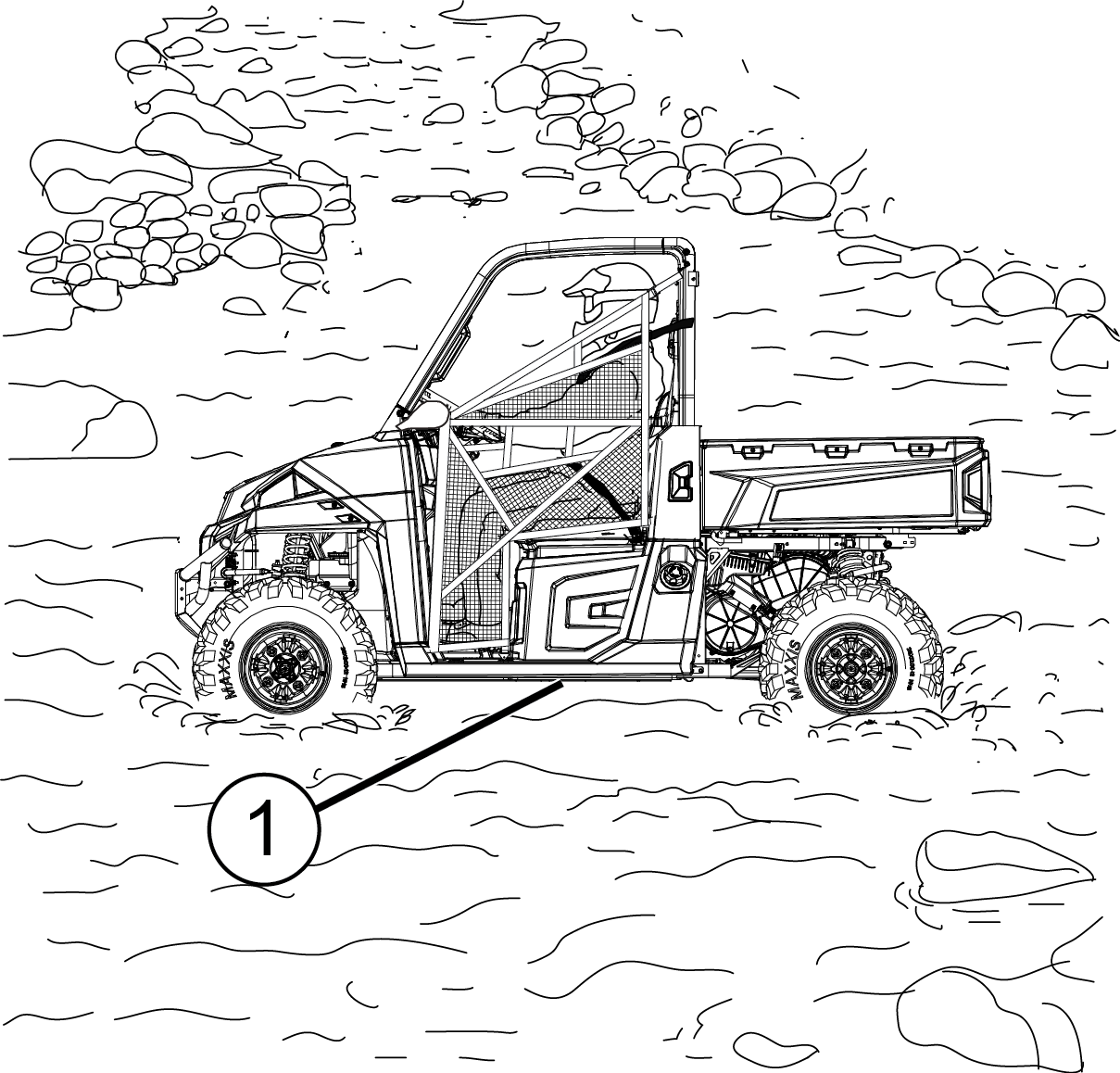
Content Source: 2021 RANGER EV Owner’s Manual (9939923 R01) > Operation Chapter
| IMPORTANT |
|
The Owner's Manual for this vehicle contains warnings, instructions and other information you must read and fully understand before safely riding or performing maintenance on this vehicle.Always follow the warnings and instructions in Owner's Manual. Click the CONTENTS link above for the Table Of Contents, or download a full PDF of the Owner Manual in the Owner Support area of Polaris.com |
| A rolling vehicle can cause serious injury. Always set the park brake when leaving the vehicle unattended. |
| Skidding or sliding can cause loss of control or rollover (if tires regain traction unexpectedly). When operating on slippery surfaces such as ice or loose gravel, reduce speed and use extra caution to reduce the chance of skidding or sliding out of control. Do not operate on excessively slippery surfaces. |

| NOTICE |
| Severe damage to the drive train may occur if the AWD is engaged while the wheels are spinning. Always allow the wheels to stop spinning before engaging AWD. |
| NOTICE |
| Serious damage can occur to the electrical system and batteries if the vehicle is operated in water deeper than the floorboards. |

| The large tires on your vehicle may cause the vehicle to float in deep or fast-flowing water, which could result in loss of control and lead to serious injury or death. Never cross deep or fast-flowing water with your vehicle |
© Copyright Polaris Inc. All rights reserved.